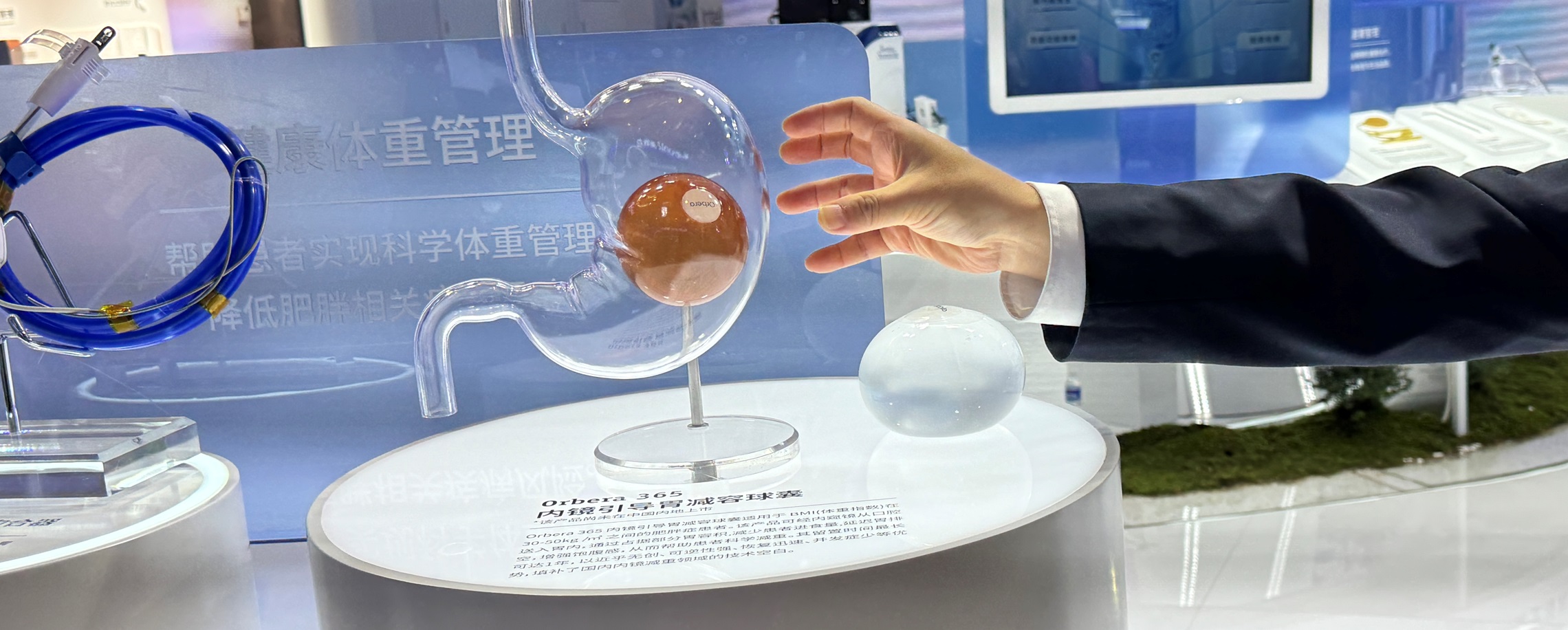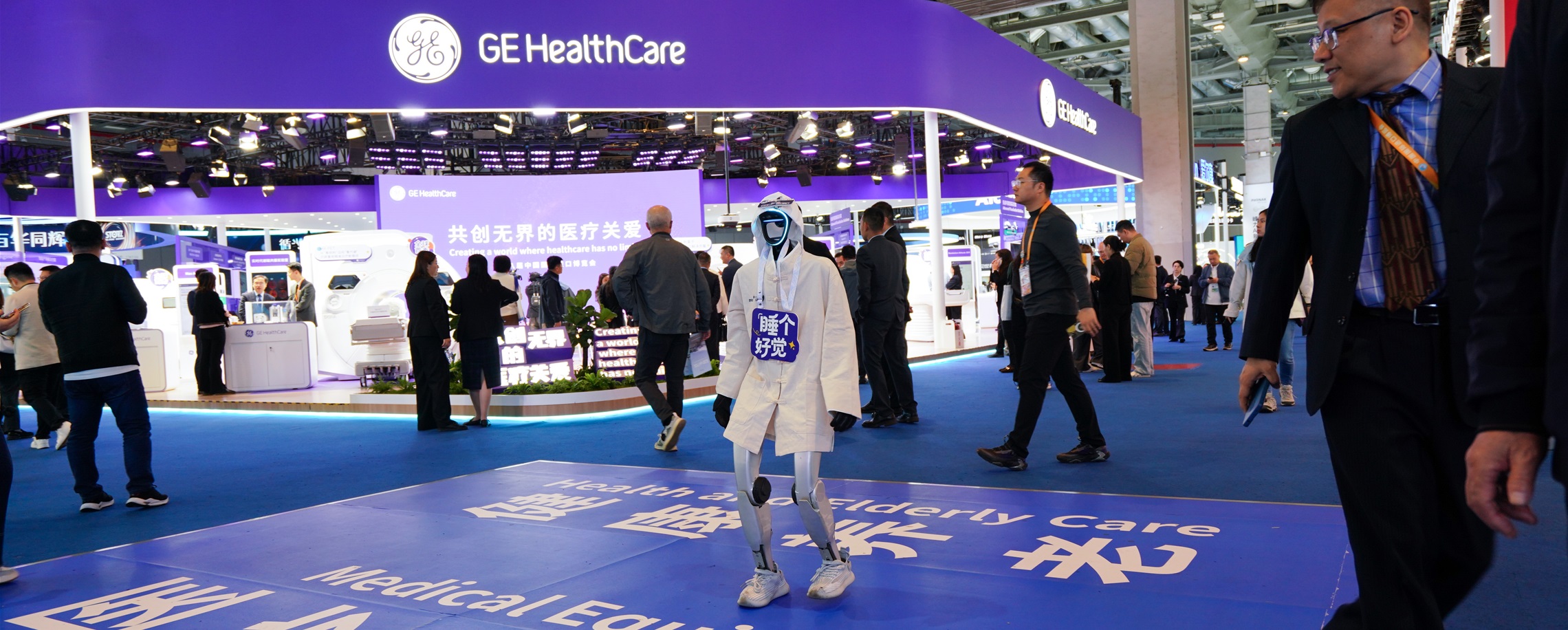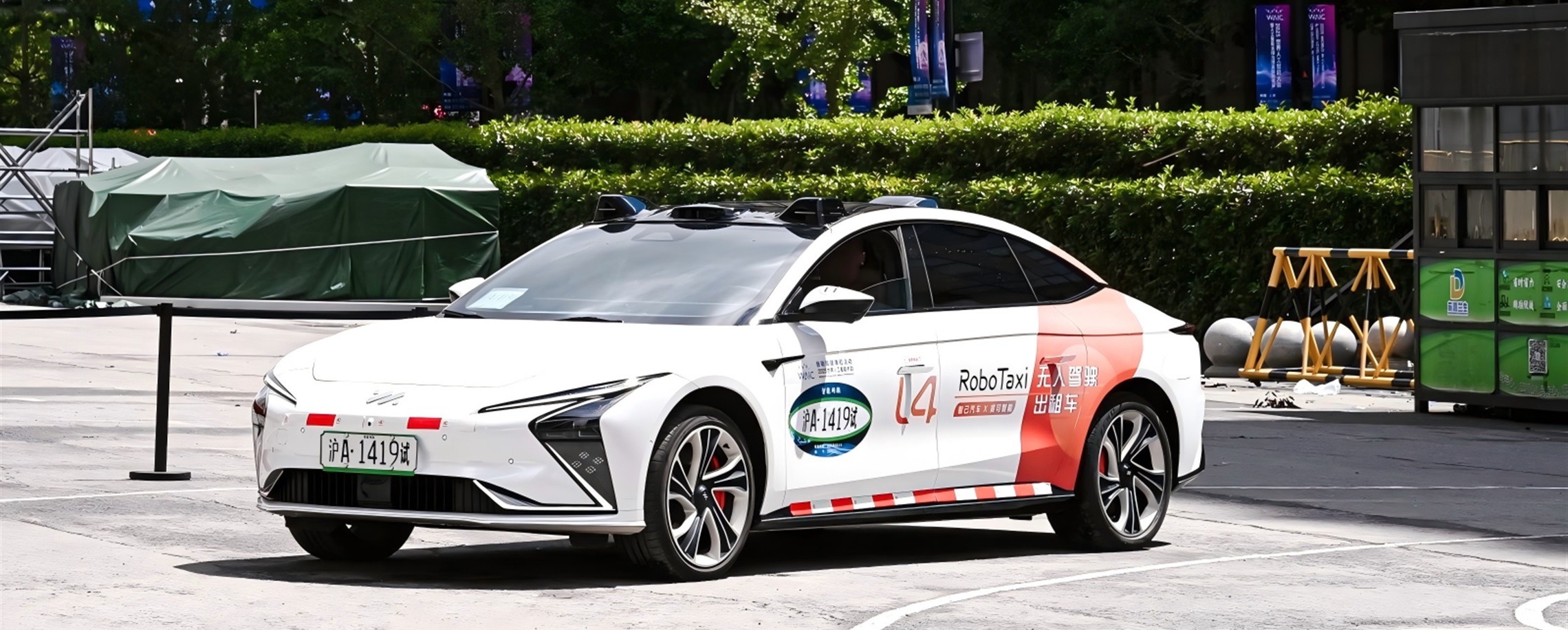Shanghai at the forefront of autonomous driving
Shanghai has emerged as a trailblazer in autonomous driving, driven by progressive regulations and cutting-edge technological advances, journalists covering the ongoing China International Import Expo (CIIE) learned during a field tour of the Pudong High-Level Autonomous Driving Pioneer Zone on Friday.
During the site visit, reporters gained insights into Jinqiao's pivotal role in shaping China's auto industry.
The journey began in 1997 with the establishment of SAIC-GM, followed by Tesla's first supercharger station in 2014. The momentum intensified in 2019 when Tesla's Giga Shanghai launched in Lingang New Area, and solidified further in 2022 with the founding of Shanghai Intelligent Connected Vehicle Development Company (SICV).
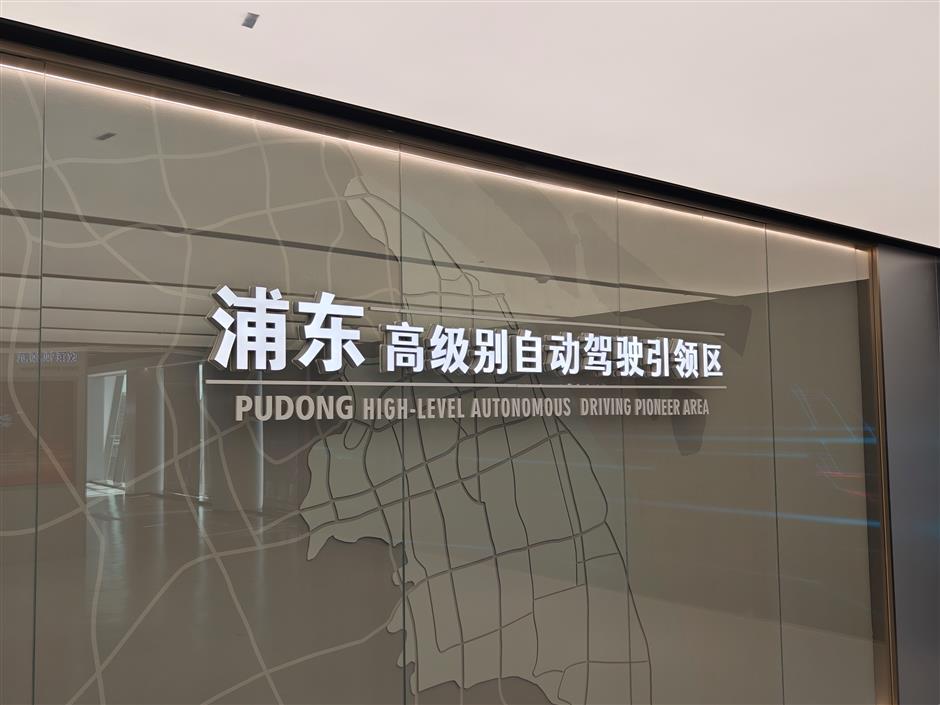
Li Xuegen, head of technology at SICV, emphasized that the sector's rapid growth would not be possible without supportive regulatory frameworks.
In May 2015, in a state council blue print for China manufacturing for 2025, ICVs were first deemed as part of the state development strategy. Then in March 2018, three city governmental departments jointly published provisioned guidelines for ICVs, establishing Shanghai's status as a national leader in this area.
June 2021 brought a critical policy shift: Shanghai's legislative body was granted authority to create tailored laws for Pudong, enabling reform-driven regulations, including those governing ICV applications, to take shape.
On August 31, 2022, Shanghai Pudong Jinqiao Intelligent Connected Vehicle Test Demonstration Zone opened, featuring 12 testing roads spanning a total of 29.3 kilometers.
November 2022 marked another milestone: Shanghai People's Congress adopted a local law providing legal grounds for Level 4 (L4) and above autonomous driving, eliminating the requirement for human backup drivers.
This March, local authorities announced the third batch of roads designated for autonomous vehicle testing.
With expanded test zones and permits for higher-level autonomy, particularly L3 and L4 trials, ICV progress has been tangible.

Li noted that Shanghai's autonomous driving tests are spread across four regions, each with distinct focuses.
Jiading, leveraging SAIC Volkswagen's leadership, prioritizes technological innovation and industrial application.
Fengxian concentrates on testing in underground parking scenarios.
Lingang operates a fleet of autonomous heavy-duty trucks that work round-the-clock, transporting containers between ports and logistics yards, a model of successful commercialization in highly controlled industrial environments.
Jinqiao integrates ICVs into its broader smart city development initiatives.
Overall, Shanghai's autonomous driving landscape has evolved from isolated testing to a cohesive, city-wide ecosystem, said Li.
Following rigorous testing, state-of-the-art ICVs are being gradually rolled out to the public as robotaxis, buses, logistics, or urban management solutions. But before widespread public access is possible, further rigorous testing is needed, specifically for intelligent roadside sensors, 5G communication, and cloud platforms that enable ICVs to "communicate" with traffic lights, road signs, and other infrastructure, said Li, adding that this is where companies like SICV step in, bridging the gap between innovation and real-world application.

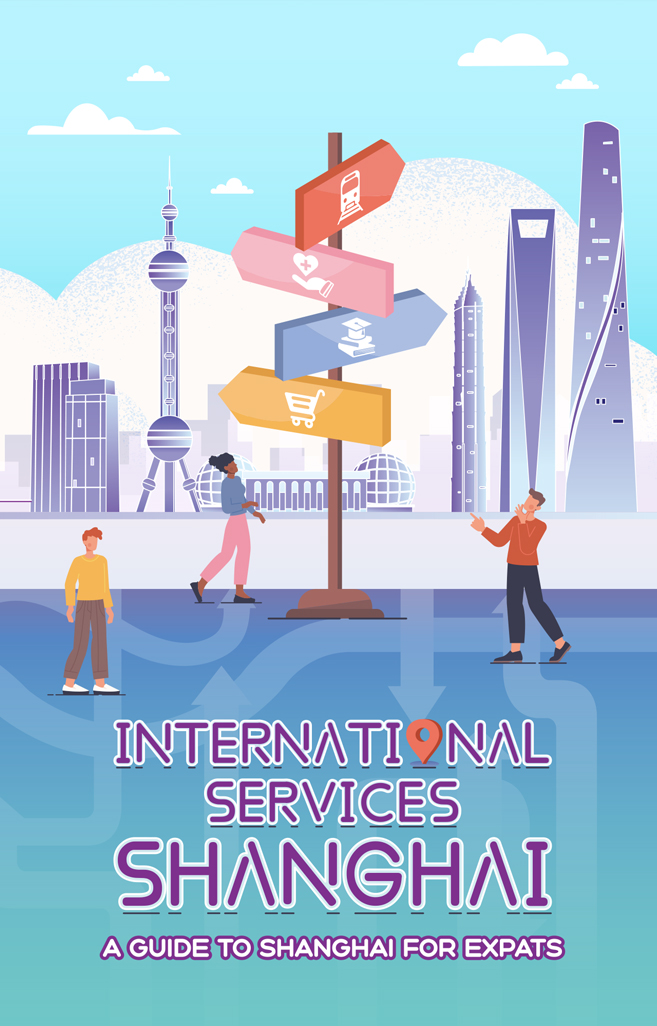


In Case You Missed It...
